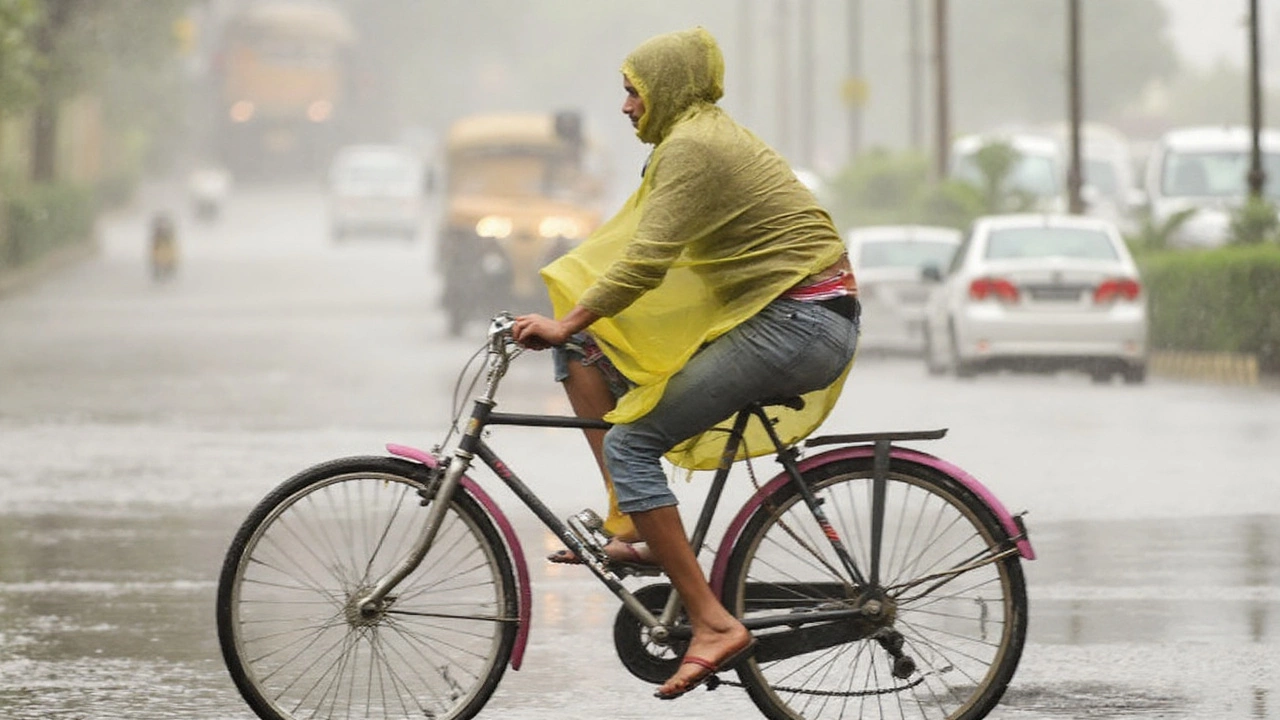Lightning Warning: What It Means and How to Stay Safe
If you’ve ever watched a cricket match get delayed because a storm rolled in, you know how quickly a lightning warning can change plans. The Indian Meteorological Department (IMD) issues these alerts to let you know when a thunderstorm is likely to bring dangerous lightning. Ignoring them can put you at risk – but the good news is that a few simple habits can keep you safe.
Understanding IMD Lightning Alerts
IMD uses a color‑coded system: yellow for watch, orange for warning, and red for severe. When the alert turns orange, the department expects strong thunderstorms with a high chance of lightning, hail or gusty winds. The recent IPL 2025 opener in Kolkata was under an orange alert, and officials prepared for possible lightning strikes on the field.
These alerts are based on real‑time radar data, satellite images and ground stations that track electrical activity in the atmosphere. As soon as the conditions cross a set threshold, the alert is broadcast through TV, radio, apps and the IMD website. The key takeaway? An orange or red alert means you should act right away, not wait for the storm to pass.
Quick Safety Tips When Lightning Strikes
1. Get indoors ASAP. The safest place is a fully enclosed building with a grounded electrical system. If you’re at a stadium or a market, head for a concrete structure, not a temporary awning.
2. Avoid metal objects. Metal conducts electricity, so stay away from poles, bike frames, metal fences and even umbrellas with metal ribs.
3. Stay off electronic devices. Unplug TVs, computers and chargers. If you’re using a phone, avoid wired headphones – Bluetooth or ear‑free options are safer.
4. Don’t stand near water. Pools, ponds and even wet sidewalks increase the chance of a shock. If you’re caught outside, move to higher ground away from water.
5. If you’re in a car, stay put. A metal roof and rubber tires create a Faraday cage that usually protects occupants. Keep windows closed and avoid touching metal parts.
6. Use the 30‑30 rule. Count the seconds between the flash and the thunder. If it’s 30 seconds or less, the storm is close enough to be dangerous. Wait at least 30 minutes after the last thunder before heading back out.
7. Know your local shelters. Schools, community centers and government buildings often have designated safe rooms. Keep a list handy so you don’t waste time searching during an emergency.
These steps take only a few seconds, but they can make the difference between a harmless storm and a serious injury.
Remember, lightning doesn’t care about cricket scores or traffic jams – it follows the physics of the sky. By paying attention to IMD alerts and following these quick tips, you protect yourself, your family and anyone around you.
Stay tuned to local weather updates, keep a flashlight and a small emergency kit ready, and you’ll be prepared the next time a lightning warning pops up on your phone.
Bihar weather alert: What we actually know about Aug 21 lightning risk and the talk of seven districts
There’s buzz about a lightning warning for seven Bihar districts on Aug 21. As of now, no official IMD bulletin naming specific districts is public. August norms still point to warm, humid days (28–35°C) and scattered thunderstorms through the month. Here’s what to watch, how IMD issues alerts, and the safety steps that matter most during late-afternoon storms.





